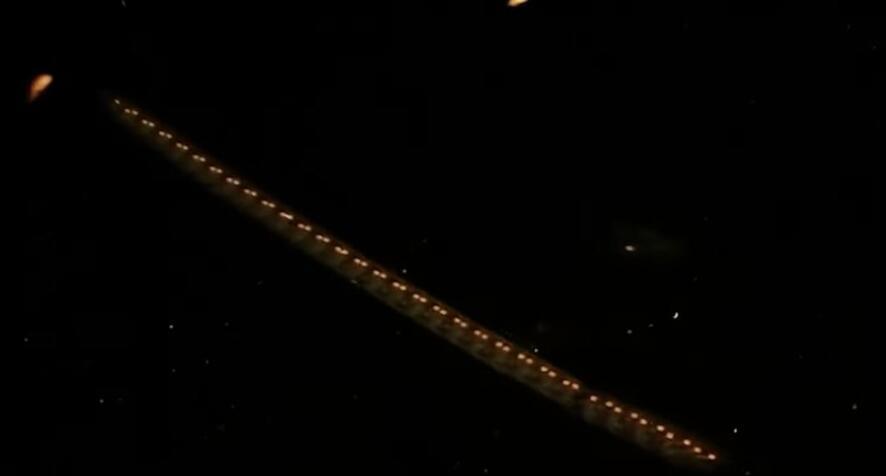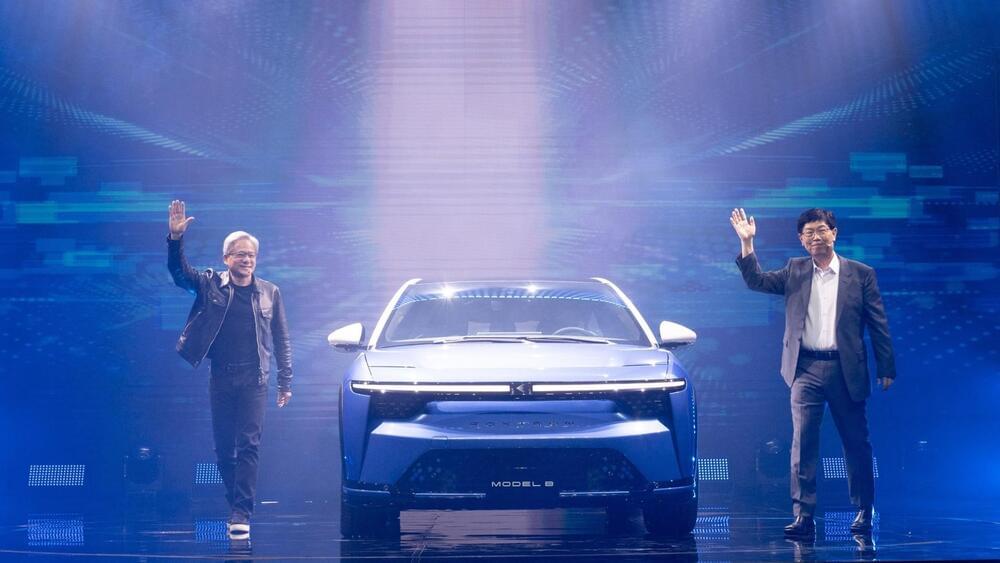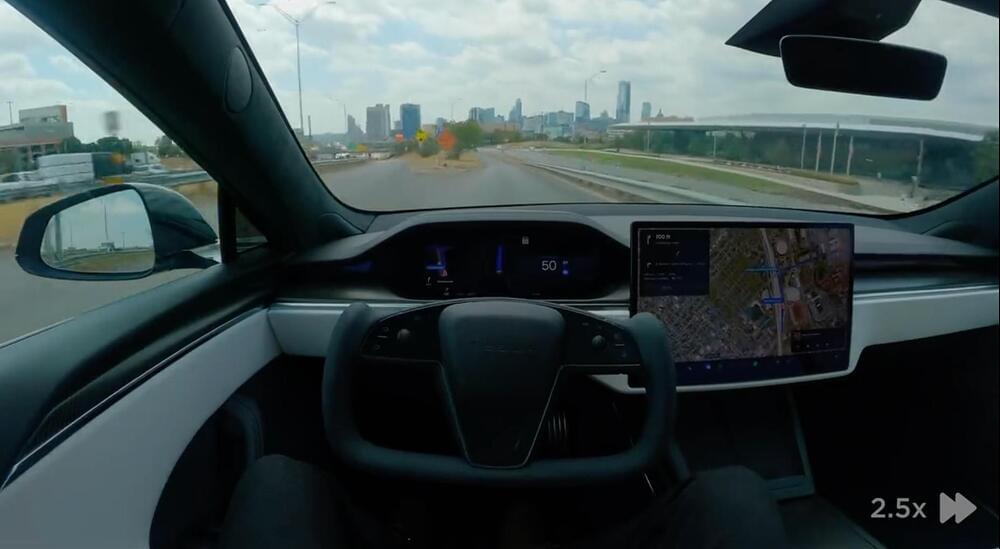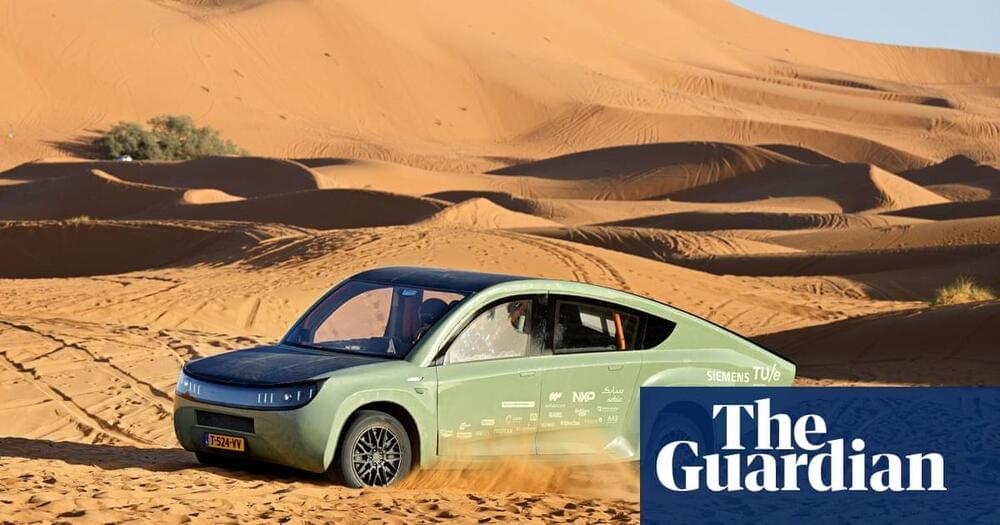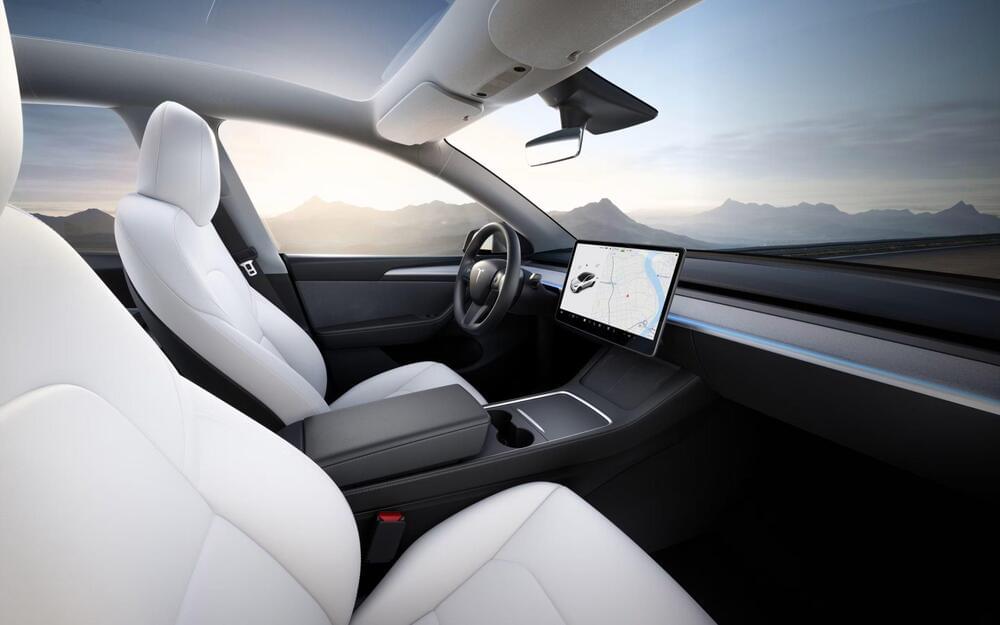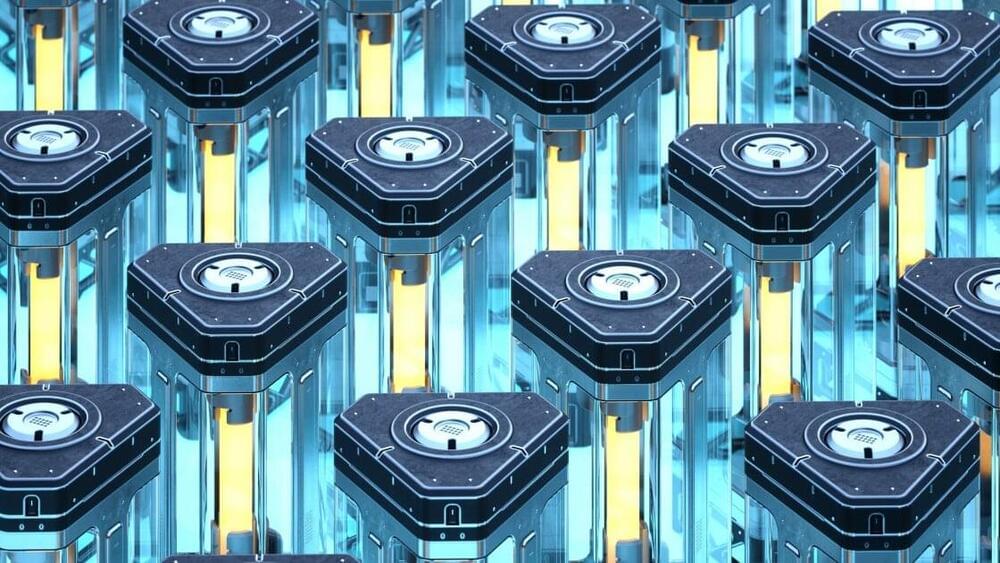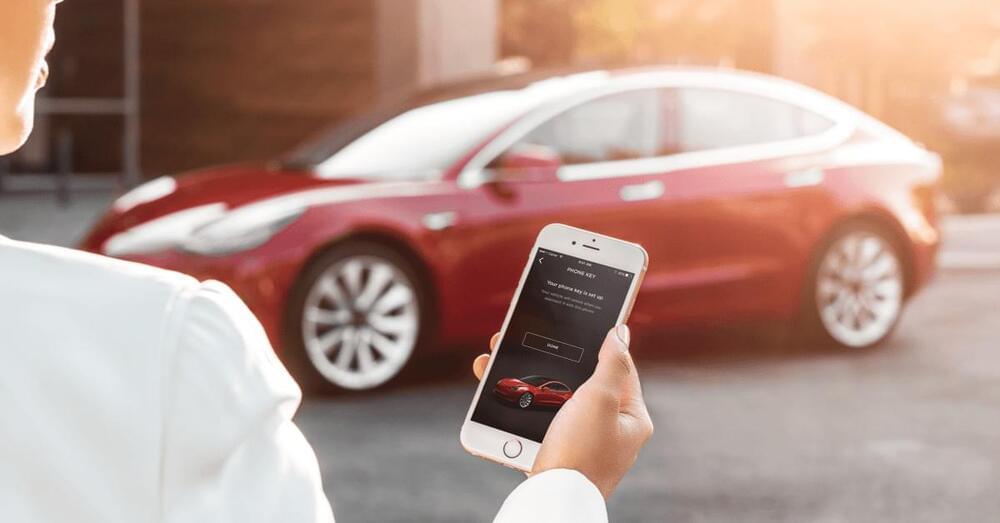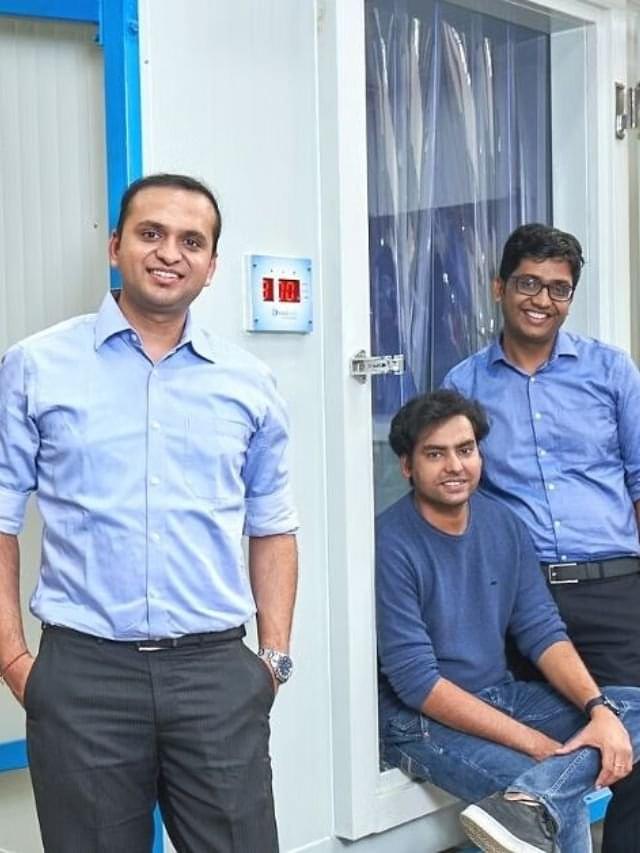The lightless deep sea is swirling with life.
New footage captured in the “twilight zone” — areas of the ocean starting at around 100 meters (330 feet) deep where sunlight can’t reach — reveals a world teeming with often otherworldly organisms: long chains of creatures, tentacled life, defensive ink blasted into the water, and beyond.
These creatures were filmed around the Geologist Seamounts just south of the Hawaiian islands. The expedition, funded by the National Oceanic and Atmospheric Administration’s ocean exploration division, allowed scientists to drop a sleek deep sea exploration vehicle, called Mesobot, into these dark waters. These remotely operated vehicles, or ROVs, can be intrusive to deep ocean life, but Mesobot, with a slim design and slow-moving propellers, is designed to avoid frightening wildlife away.
